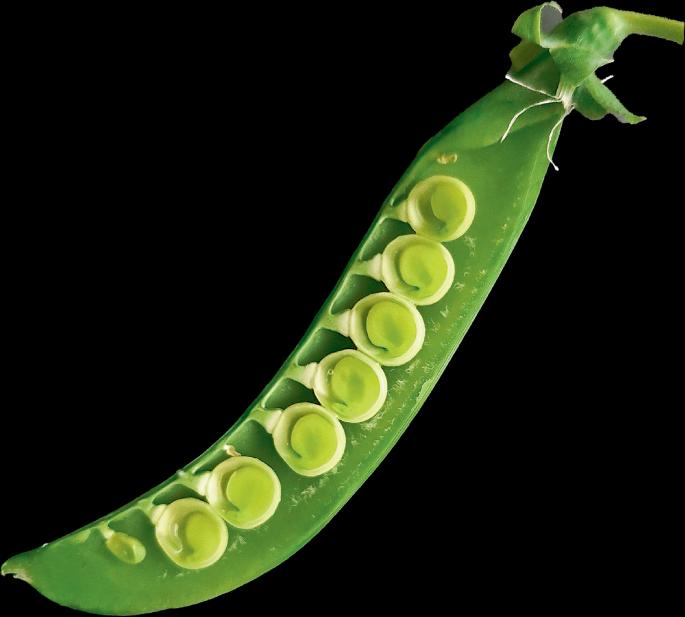求助PDF
{"title":"Visualizing plant metabolism","authors":"Jun Lyu","doi":"10.1038/s41477-024-01833-6","DOIUrl":null,"url":null,"abstract":"","PeriodicalId":18904,"journal":{"name":"Nature Plants","volume":"10 10","pages":"1441-1441"},"PeriodicalIF":15.8000,"publicationDate":"2024-10-10","publicationTypes":"Journal Article","fieldsOfStudy":null,"isOpenAccess":false,"openAccessPdf":"","citationCount":"0","resultStr":null,"platform":"Semanticscholar","paperid":null,"PeriodicalName":"Nature Plants","FirstCategoryId":"99","ListUrlMain":"https://www.nature.com/articles/s41477-024-01833-6","RegionNum":1,"RegionCategory":"生物学","ArticlePicture":[],"TitleCN":null,"AbstractTextCN":null,"PMCID":null,"EPubDate":"","PubModel":"","JCR":"Q1","JCRName":"PLANT SCIENCES","Score":null,"Total":0}
引用次数: 0
引用
批量引用
植物新陈代谢可视化
CEST 的原理是利用质子交换将低浓度代谢物的磁化转移到高浓度的水分子中,从而有效放大代谢物的饱和效应并在水中进行观测。研究人员利用 CEST 对活植物中的代谢物进行成像,重点是糖和氨基酸。他们首先使用化学位移成像(CSI)作为对照,利用 CEST 对豌豆种子胚乳中的糖和氨基酸进行可视化。与测量低浓度代谢物信号的 CSI 不同,CEST 测量的是较大的水信号,因此能获得较大的代谢物信号。与 CSI 相比,它还能在更短的时间内获得更高的图像分辨率。在豌豆种子发育的中期阶段,组织的磁异质性阻碍了 CSI 的工作,但 CEST 解决了这一问题,并提供了更可靠的代谢图像。因此,CEST 在灵敏度和对磁场异质性的易感性方面优于 CSI。更有趣的是,CEST 显示出监测附着在尖刺上的生长中的大麦粒中糖和氨基酸动态的明显能力,并被用于制作延时视频。此外,CEST 成像还揭示了 HvSWEET11b 突变体大麦品系谷粒的早期畸变,表现为糖分分配紊乱,导致突变体胚乳发育缺陷和谷粒畸变。
本文章由计算机程序翻译,如有差异,请以英文原文为准。



